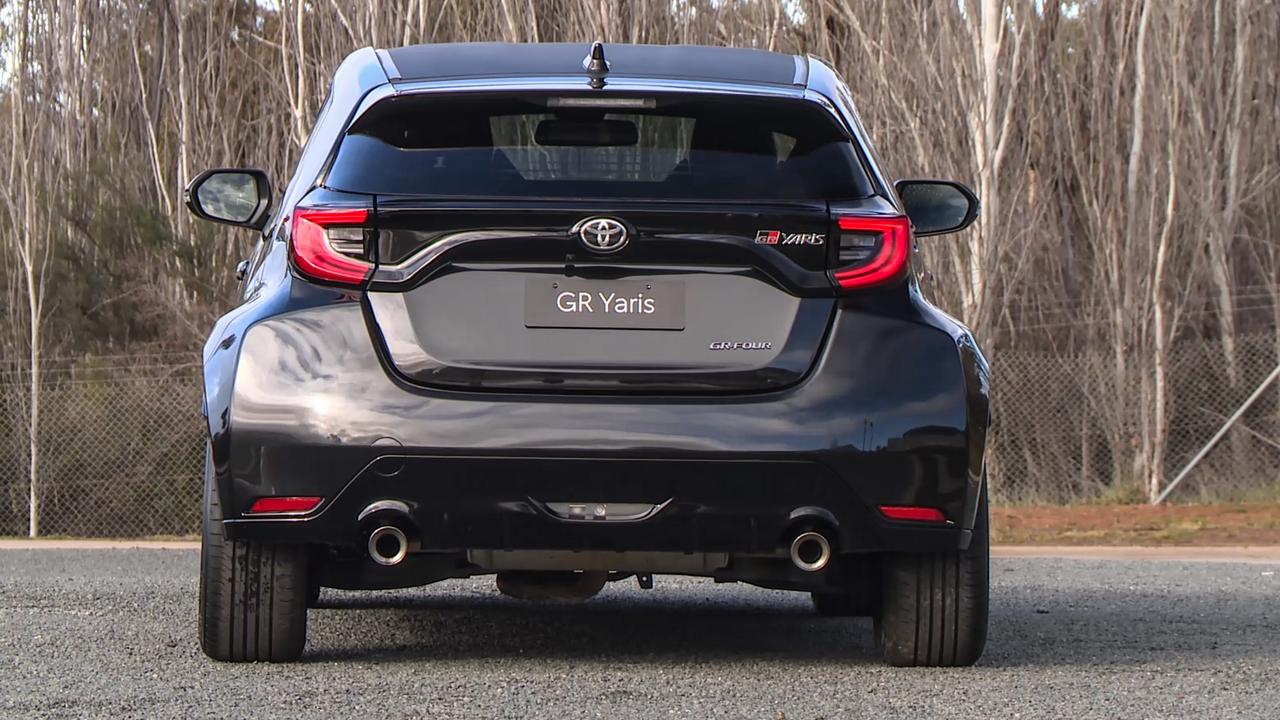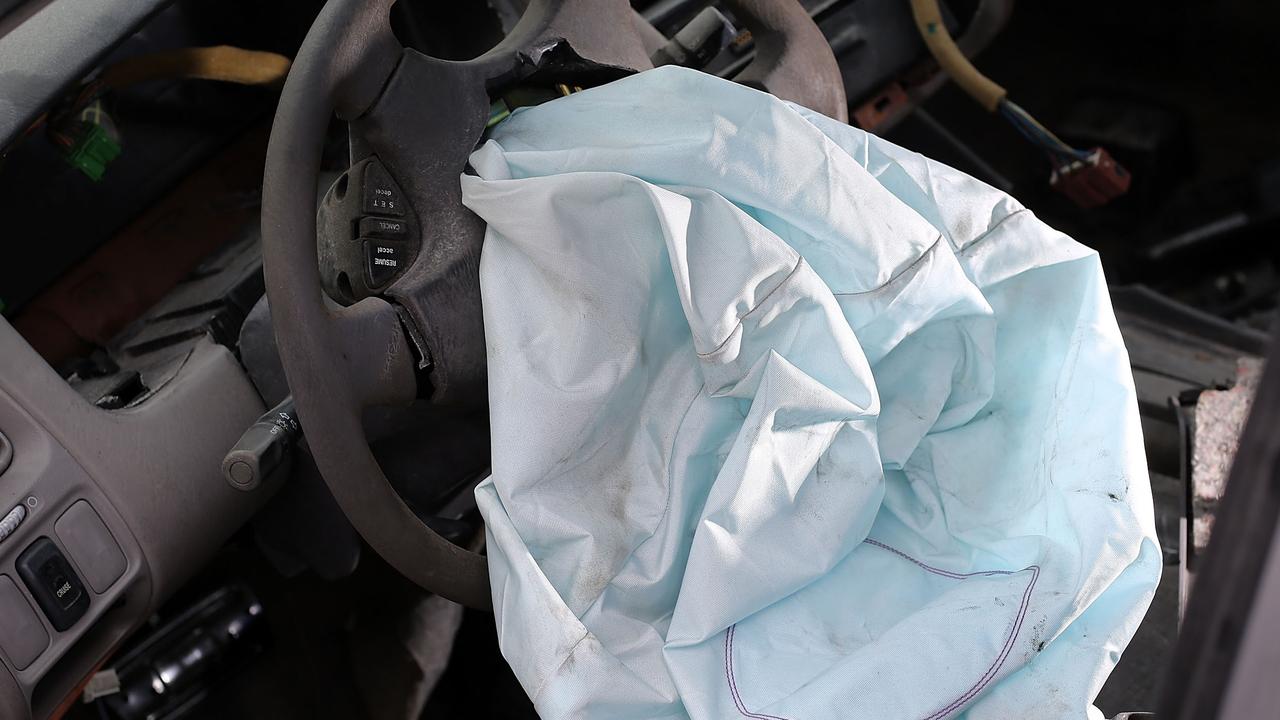All the facts about electric cars in Australia
There is a lot of confusion and misinformation about the future of electric cars in Australia. These are the all the facts you need to know.
Motoring news
Don't miss out on the headlines from Motoring news. Followed categories will be added to My News.
Electric cars have suddenly become a political hot potato.
Labor wants half the new-car fleet to be electric by 2030. The government calls that policy expensive pie in the sky.
Prime Minister Scott Morrison hammered home the point during his first debate with Labor leader Bill Shorten, saying, “I can tell you how much (more an) electric car costs than a standard car, it’s $28,000.”
“It’s $28,000 for the same type of car,” Morrison says.
That is about right for the most affordable electric cars on sale today.
But if a week is a long time in politics, then a decade is an eternity in the car industry.
We look at the barriers facing widespread EV adoption today and consult our crystal ball for what things might look like in a Bill Shorten-inspired 2030.
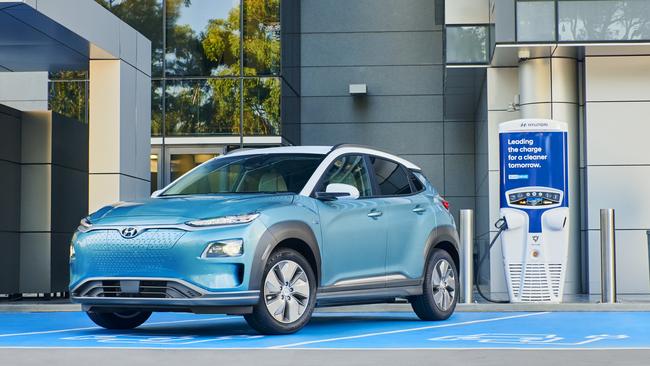
What will we drive?
There was a very important distinction missed by many in the electric car debate.
Shorten’s definition of “electric cars” includes models with petrol engines. The majority of EVs on sale in Australia are plug-in hybrids, which have petrol engines. They can travel short distances (usually about 30km to 50km) on an electric charge, then switch to petrol. They will all easily meet the Opposition Leader’s target of 105 grams of CO2 per kilometre and are likely to be preferred to pure EVs.
Most brands are working to introduce electric or electrified versions of popular models. We already know that electric versions of most types and sizes of car will be on sale around the world by 2030, including work-ready utes and vans.
China’s Great Wall and US start-up Rivian claim they will have electric utes available in the next year or two. GM is also advanced in its plans for an EV ute. Audi and Mercedes will launch pure electric SUVs this year.
Hyundai has two EVs and a plug-in on sale now, while rival Kia is looking at plug-in or full electric models by next year.
By the time 2030 rolls around, consumers will be spoiled for choice.
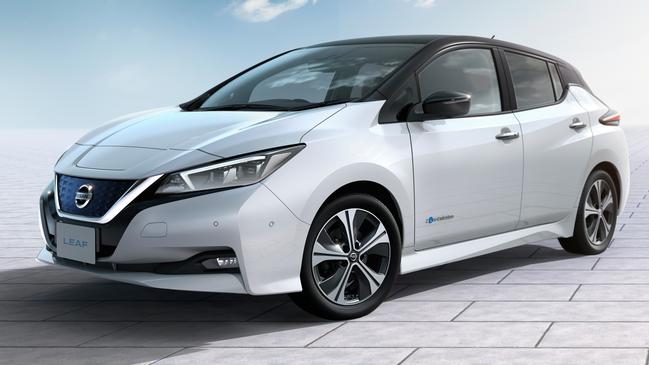
What about hybrids?
Hybrids such as the Toyota Camry and Corolla aren’t considered EVs but are likely to be part of the solution as well.
Toyota Australia vice president of sales and marketing Sean Hanley says future government policy should include hybrid variants of the Toyota Camry and Prius, among other models.
“We think hybrid should fall under the electrification definition,” he says. “We think it is credible, we think it fulfils all requirements.
“Our current hybrid has no range anxiety, does not require massive infrastructure investment. It’s here and now.”

How much will they cost?
The cheapest pure electric car today is Hyundai’s Ioniq Electric, priced from $44,990 plus on-road costs, $4000 more than the cheapest plug-in hybrid version. Nissan’s Leaf, a little dearer at $49,990 plus on-roads, hits showrooms in August. MG is likely to undercut those with its new eZS compact SUV in 2020, while VW says its coming I.D electric hatch will cost similar money to a high-end Golf ($40,000 or so) in 2021.
Tesla hasn’t confirmed prices for its entry-level Model 3, which is expected to go on sale later this month for more than $60,000.
It’s fair to assume EV technology will become more affordable in coming years as production scales up and companies become more efficient, but few experts believe consumers will be swayed until cash subsidies are available for early adopters. Neither party is promising them at the moment.
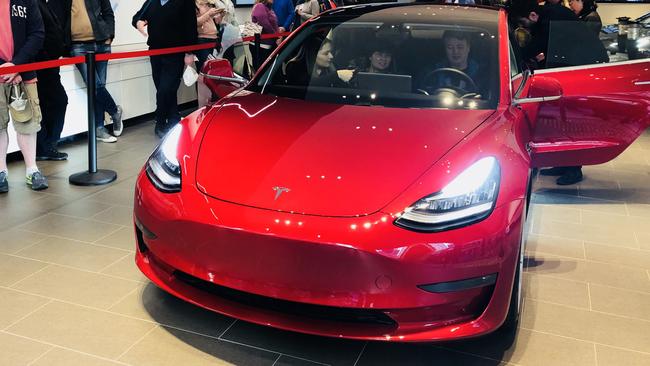
How will we recharge?
For some — in particular plug-in hybrid owners — recharging will be as simple as plugging the car into a normal power point in the garage.
That will be enough to provide roughly 50km of electric range for the daily commute.
If the technology was widely adopted there will be noticeable improvements in the air you breathe in big cities.
For the holidays, owners will rely predominantly on the petrol engine.
Owners of pure electric cars will also charge at home for the most part. They may pay extra for a wall charger that refills the battery more quickly.
Road trips will be trickier but by 2030 there should be an extensive network of charging stations. For most cars, recharging will take from half an hour to an hour and at peak periods such as school holidays this could create serious congestion at charging stations.
The technology exists to add 200km of range to an EV in eight minutes and 400km in 15 minutes — but none of the EVs on sale in Australia can take that fast a charge.
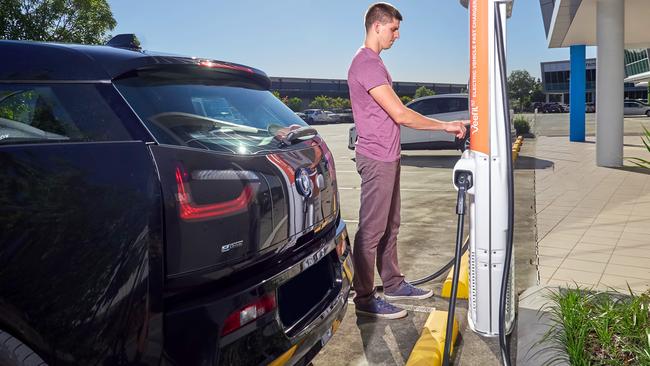
What will it cost and how will we pay?
NRMA and RACV members get free charging but most refills will cost money. Buy a new Tesla now and you’ll pay about 42c per kWh. Tesla’s local website says it will cost $78 to travel 1000km, compared with $89 for a car using 7.7L/100km at $1.50 a litre.
You will need a swipe card to top up at a charging station and the overseas experience suggests you may need several unless the rival outlets agree to a common payment method.
Home wall boxes cost about $2000 and speed up charging times.
Jaguar’s I-Pace electric car requires 39 hours of charging to receive 350km of range using a home power point, 12 hours with a single phase wall box, and two hours using destination charging services with 50kW DC connections.
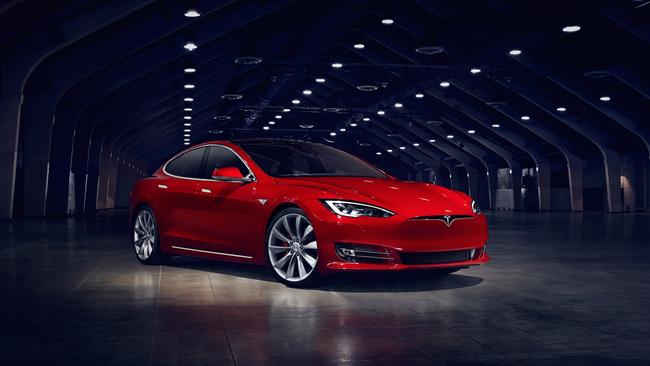
What are they like to drive?
Scott Morrison says electric cars won’t appeal to Aussie drivers because we like cars with a bit of grunt. He obviously hasn’t driven a Tesla Model S, which is as fast as a Lamborghini Aventador or Porsche 911 Turbo.
Affordable EVs are no slugs either. The BMW i3, Nissan Leaf and Hyundai Ioniq are quicker off the mark than most of their petrol or diesel powered rivals.
On the road, EVs are eerily silent and they don’t change gears like a conventional car.
The brakes feel weird, too. That’s because they use regenerative braking, where the electric motor helps to slow the car. On some settings, it’s possible to drive around town rarely touching the brake pedal.
Range anxiety remains a concern on larger trips. You have to plan in advance and leave margin for error because if you run out you’ll need a flatbed truck rather than a jerry can.
Turn on the aircon and you’ll lose range — about 40km in the Hyundai Ioniq.
Will we buy them?
There is, says BMW local boss Vikram Pawah, “no demand for electric vehicles in Australia”. It’s a blunt assessment but he would know. When he launched the 5 Series sedan, the plug-in hybrid — a more complex machine that was also more expensive to build — was the same price as the petrol version.
It matched its petrol cousin for acceleration and could travel up to 40km on electric power alone, saving fuel and the environment. But buyers favour the petrol model at a rate of 10 to one.
Originally published as All the facts about electric cars in Australia


